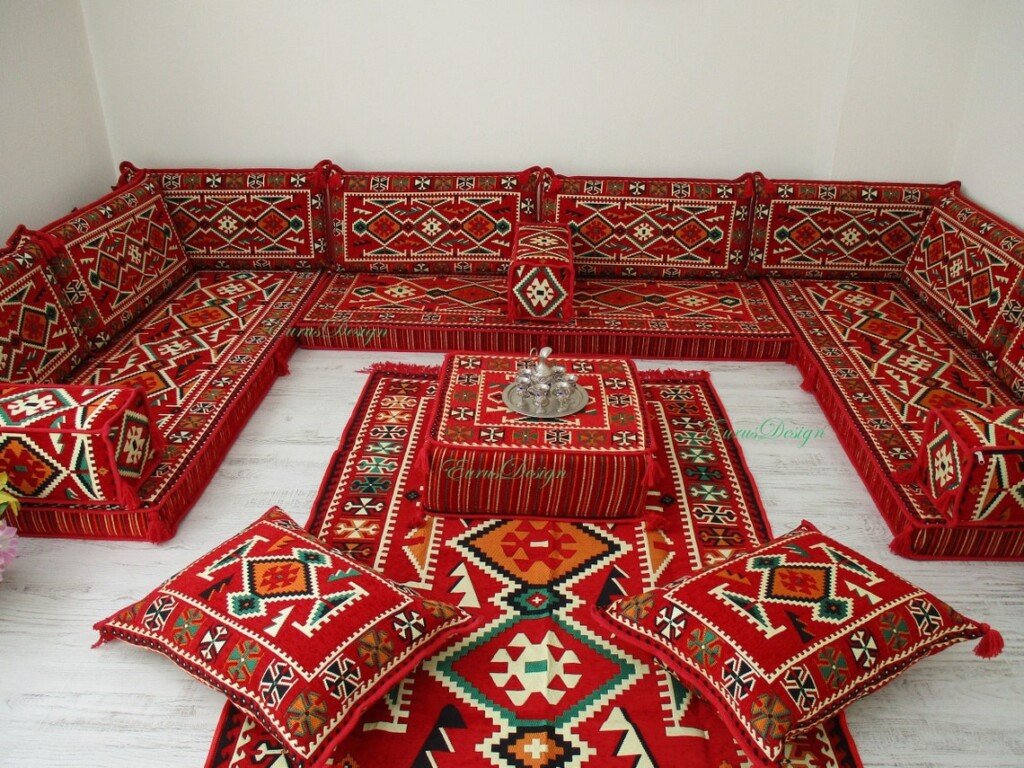You couldn’t take me anywhere as a kid. Not because I was incorrigible, but because I was obsessed with home décor catalogs. In the mall, I’d dash away from a parent to the entrance of a Pottery Barn Kids to pick up their latest catalog. Other days, I tired everyone out while I wandered endlessly through IKEA. It didn’t matter that I couldn’t buy anything; back home in the privacy of my closet, I cut out and organized images of features and décor that matched my taste—bay windows with nooks for reading and vaulted ceilings for glow-in-the-dark stars.
Looking back on my amateur interior designer phase, I see how it reflected my early pull toward the colorful and whimsical. So I wondered what I could learn by surveying common features of homes in eras and countries that I didn’t grow up in. What could these features tell us about changing ideas about what and who belonged in our homes? I share a sampling of the most thought-provoking features I came across. Note: these finds are biased toward better-documented, wealthier European-US/American homes, which by no means negates the way families facing marginalization creatively used their smaller spaces to shelter life and culture:
- Dumbwaiter and laundry chute: These pulley-operated lifts were often used to transport food from kitchens to dining areas. The cousin of the dumbwaiter was the laundry chute, which could easily slide loads of dirty clothes to the basement.
- Bell system: In The Sound of Music, Captain Von Trapp used a whistle to summon his children, military-style. Some homeowners took things a step farther by implementing a bell system for servants to communicate everything from “make a fire” to “bring more tea.”
These and similar features of convenience underscore that society has often found it desirable to obscure what makes a house run smoothly, especially when that is people. Houses thus both reflected and contributed to classist and racist hierarchies and ideas of who needed to be kept apart. How can we instead use features of convenience to help people who are usually separated (people of varying ability, ages, etc.) come together?
House design don’t just reflect divisions by class—it also reveals ideas about gendered behavior and roles:
- A fainting room, predominantly for women in the Victorian era, was outfitted with couches for daytime reclining. Some consider them linked to the period’s restricting corsets and the common diagnosis of women as hysterical. Fainting rooms formed an array of indoor spaces (boudoir, etc.) concerned with women’s innocence and with varying degrees of acceptable mixing between genders. Men, on the other hand, could more readily frequent billiards rooms and smoking rooms. Gendered spaces for solace and entertainment carry on today in rooms like man caves and she sheds.
Other features of houses were reactions to the energy context of the time:
- Coal chute: When most homes’ heating came from coal, deliverypeople could shovel coal through miniature doors on the alleyway-side of homes, where it slid down into a bin. Someone inside could then add coal to the furnace. As winter approaches, I can’t help but think how my energy consumption patterns might shift if I was faced with a physical reminder of how much I had used and how much remained.
Lastly, the structure of houses influence how we spend time together:
- In countries ranging from the United Arab Emirates to Turkey to Morocco, traditional majlis serve as the main gathering space in a home (or as a separate community space). In contrast to the living rooms I grew up in, majlis feature low-to-the-ground sofas positioned in a u-shape, making people the focal point. I appreciate how this space is designed for longer hospitality and conversation beyond narrowly-defined nuclear families. It says, “there’s room for more.” In fact, majlis have been recognized by UNESCO as spaces for the preservation of cultural heritage.
When future generations look at where and how we lived, what will they deduce about our understanding of home?

Comfort Sampong’s heart is sparked by fried plantains, tropical foliage and the stories of women thriving and creating a way out of no way. She graduated in 2018 with majors in economics and international development. Now she lives in Tegucigalpa, Honduras, where she works on English communications for the Association for a More Just Society, a Honduran non-profit fighting for justice and peace.







